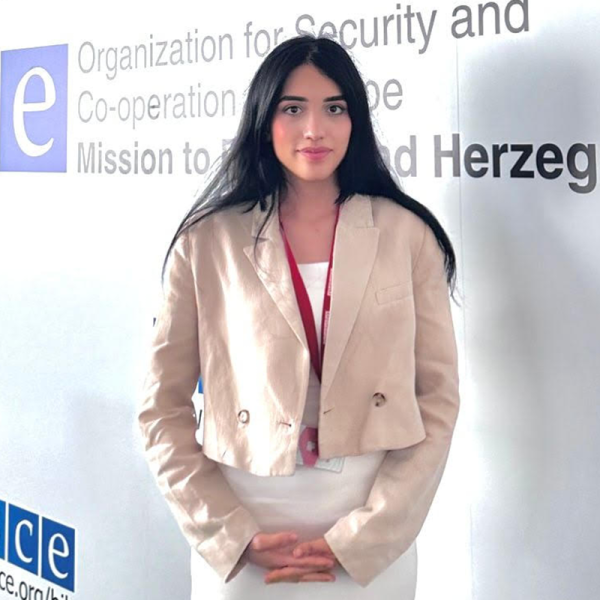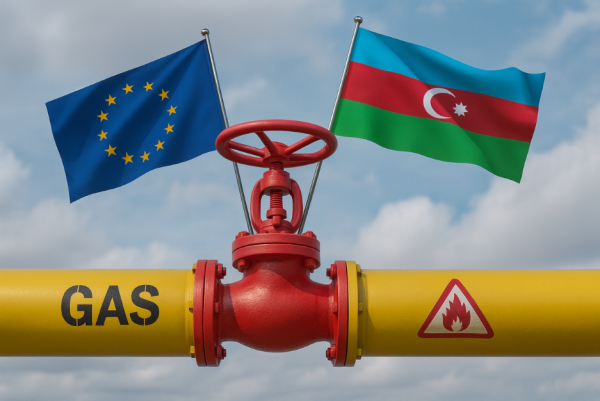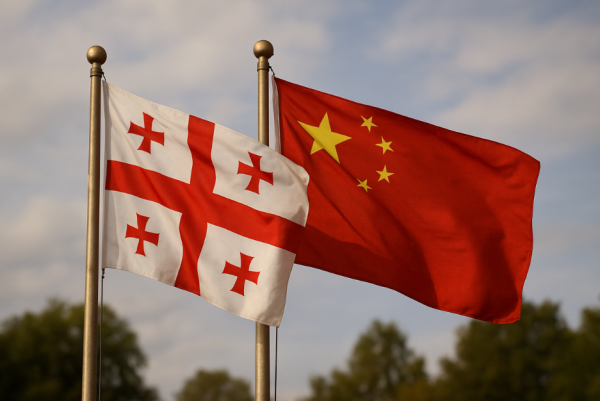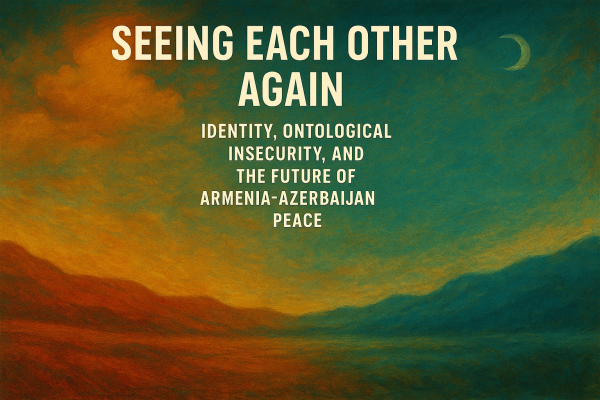EU mission in Armenia: expanding mandate reshapes regional dynamics
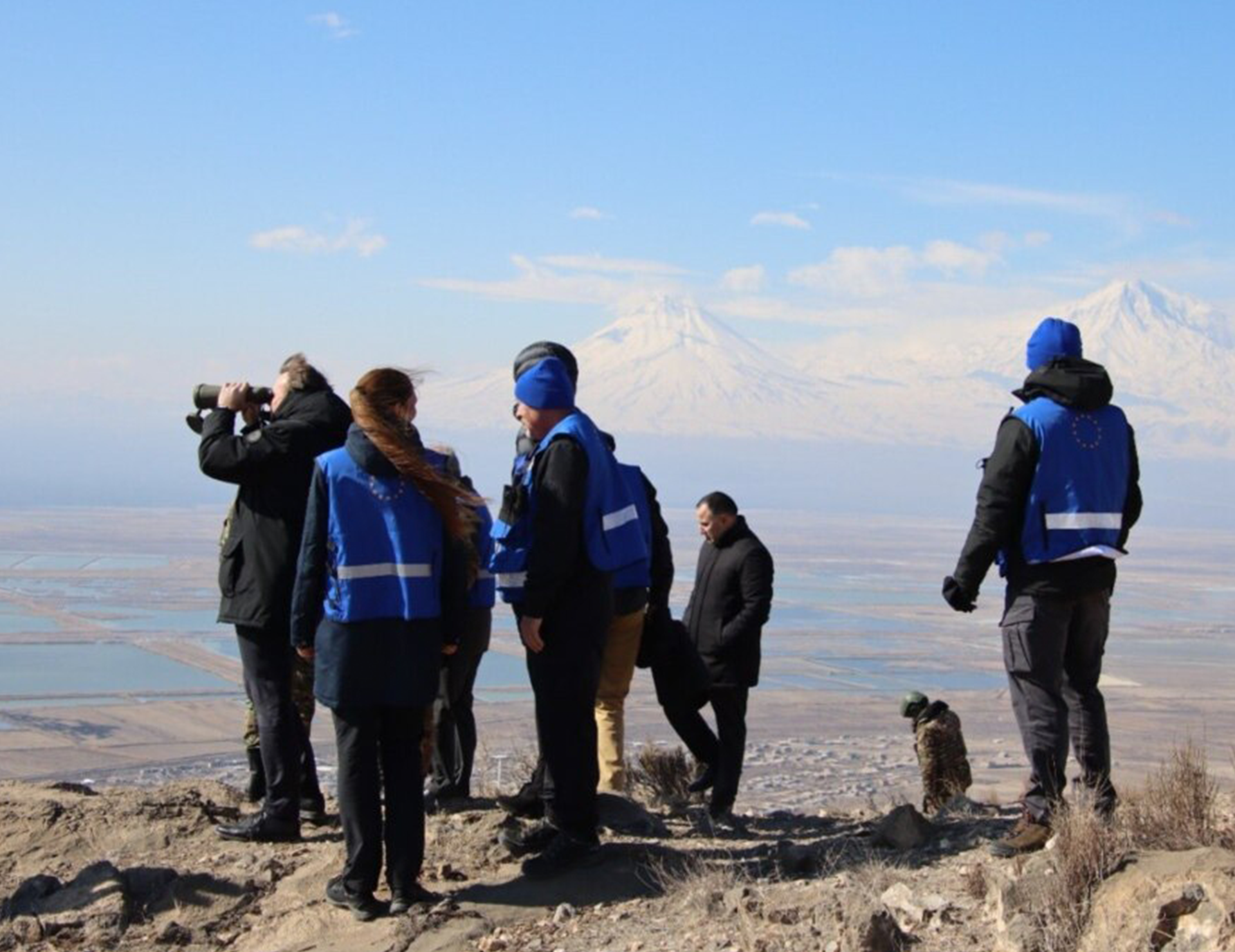
Kaja Kallas, the High Representative of the European Union for Foreign Affairs and Security Policy, recently proposed extending the mandate of the EU Monitoring Mission in Armenia (EUMA) for an additional two years as its current term nears its end this February. For the EU, the mission has played a pivotal role in monitoring the security situation along the border between Armenia and Azerbaijan and fostering dialogue in a volatile region. However, the stance on EUMA from Armenia and Azerbaijan could differ. Armenian Prime Minister Nikol Pashinyan has expressed a clear preference for maintaining the EU mission until the completion of the border delimitation between Armenia and Azerbaijan. On the other hand, Azerbaijani President Ilham Aliyev accused the observers of symbolic hostility through actions like "binocular theatrics," which, according to him, undermine trust and impartiality.
Evolution of the mission and fundamental objective
The deployment of the EU observers in late 2022 arose from an urgent need in the aftermath of the second Nagorno-Karabakh war. Following a summit in Prague, leaders initially agreed upon a two-month civilian mission, the European Union Monitoring Capacity (EUMCAP) to prevent possible escalation and support signing a mutually acceptable peace agreement by the end of 2022. However, EU officials recognized the need for a more enduring presence.
In early 2023, the mission evolved into a civilian deployment under the European Union's Common Security and Defence Policy—this time without Azerbaijan’s consent. The EU and Armenia defended the mission as Armenia's sovereign right and a matter between the two parties, asserting that Azerbaijan had no grounds to intervene. This move drew criticism from Azerbaijan, questioning why its approval was sought for the initial deployment if, as EU and Armenian officials later argued, no approval was required for a mission operating within Armenian territory.
The primary goal of the EUMA was to function as a civilian monitoring initiative along Armenia’s borders, offering impartial reports on the security situation and promoting confidence-building measures between Armenia and Azerbaijan. Its establishment marked a pivotal shift in the EU's involvement in the South Caucasus, adding a security component to its previously limited engagement.
Diversifying Armenia’s Foreign Policy
For Armenia, the EU mission became crucial in ensuring its border security, as data shows the decreasing tendency of incidents on the border. The aftermath of the Nagorno-Karabakh war has brought significant shifts in Armenia’s defense and foreign policy. During the war, Russia, a treaty-bound ally, largely stood aside, failing to intervene despite Armenia’s heavy battlefield losses, justifying its stance by the fact that the war was confined to the officially recognized territory of Azerbaijan. This inaction deeply undermined Armenia’s trust in Russia as a reliable partner. Facing growing disillusionment with its traditional ally, Yerevan began looking westward for alternative partners to ensure its security, signaling a move away from dependency on Russia. The European Union emerged as the most viable choice, especially given Armenia’s strong relationship with France. This shift also aligns with Armenia’s broader aspirations of democratization and closer integration with European frameworks. Prime Minister Nikol Pashinyan acknowledged the challenges of inviting the EU monitoring mission, noting that it offers no direct security guarantees and could pose new risks. However, he emphasized its importance in maintaining international attention on the region and deepening cooperation with the EU.
Azerbaijan argues it is a barrier to the normalization process
The mission has won widespread support within Armenia, where local officials credit it with improving border security and fostering transparency. In contrast, it has faced sharp criticism from Azerbaijan. Firstly, the EU extended the scope and duration of the mission without consulting with Baku, despite initial reassurances that it would remain temporary and limited. This move signaled a disregard for the EU’s earlier commitments. Secondly, Baku views the mission as biased and argues that it emboldens Armenia to delay fulfilling commitments such as border delimitation and peace negotiations. Azerbaijan has also reported numerous incidents of Armenian forces firing at its positions, which it claims supports the claim that the mission’s presence somehow encourages such provocations. These incidents, Baku contends, validate concerns that the mission fosters aggression rather than peace and stability.
President Ilham Aliyev has raised additional concerns about the mission’s growing scope and personnel, which now exceed 200 individuals. Additionally, he has described the mission as evolving into a "NATO mission," pointing to Canada’s involvement and framing it as a barrier to the peace process.
“It puts Azerbaijan in the same equation with Russia”
From Azerbaijan’s perspective, the EUMA’s deployment increasingly portrays him as an aggressor, drawing parallels to Russia’s actions, since there is a sister mission in Georgia against “aggressor” Russia as well. This narrative ignores the historical context of Armenia’s 30-year occupation of Azerbaijani territories. During those decades of occupation, the EU offered no monitoring missions or assistance to Azerbaijan, despite the ongoing violations of its sovereignty and the displacement of nearly one million Azerbaijani citizens. Now, as Azerbaijan has restored its territorial integrity, the EU’s decision to expand the EUMA mission and its implicit framing of Azerbaijan as an aggressor disregard the fact that Azerbaijan has not invaded Armenia’s sovereign territory. This one-sided approach undermines the EU's credibility as an impartial actor and raises questions about the mission’s true objectives in the region.
New dividing lines
The EU’s decision to support Armenia through the European Peace Facility (EPF) marks a significant shift in its approach to the South Caucasus. The €10 million assistance measure is aimed at strengthening the logistical capacities of Armenia’s Armed Forces, enhancing civilian protection during crises, and increasing the country’s overall resilience. While this initiative underscores the EU’s commitment to Armenia’s security, it has also drawn criticism for potentially deepening divisions in the South Caucasus.
Azerbaijan views this move as further evidence of European bias, as the EPF has been used to support countries such as Georgia, Moldova, and Ukraine, portraying them as facing external threats. By contrast, Azerbaijan perceives itself as being excluded and placed in the same "aggressor camp" as Russia. This highlights the EU’s growing security partnerships with countries it deems under threat, signaling a clear alignment and taking sides in the region’s complex geopolitical disputes.
Hungary initially blocked the EPF assistance to Armenia in April but later withdrew its objection in June, on the condition that a similar amount of aid would be allocated to Azerbaijan for its demining efforts. Such actions risk undermining trust and peacebuilding efforts in a region fraught with historical grievances and geopolitical tensions.
Waiting for the delimitation process to be finished is irrational.
Despite these objections, Armenian officials maintain that EUMA is a temporary measure, necessary until a comprehensive peace agreement can be reached. Prime Minister Nikol Pashinyan has repeatedly emphasized that the mission’s primary role is to prevent escalation, not to undermine negotiations. He views the mission as necessary until the border delimitation process with Azerbaijan is complete. Given the complexity of the delimitation process, it could take years, making EUMA a vital source of stability in the meantime for Armenia. Azerbaijan thinks that the peace track should not be mixed with the delimitation process. The delimitation process with Russia took 20 years and ended in 2012, for instance. However, 13 years afterward, not all poles have yet been placed along the border. So, waiting for the delimitation process to be completed makes no sense.
Future implications
The EU is walking a tightrope. On the one hand, it seeks to affirm its commitment to stability in the South Caucasus, a region long overshadowed by Russian influence. On the other hand, it must address Azerbaijan’s grievances to avoid alienating a key energy partner.
The extension of the EUMA’s mandate is a critical juncture for Armenia, Azerbaijan, and the broader South Caucasus. For Armenia, the mission represents a cornerstone of its evolving foreign policy—one that prioritizes European integration. For the EU, it tests its ability to serve as a credible peace broker in a region marked by deep-seated rivalries. However, Azerbaijan is still concerned about its presence. Azerbaijan warns that if Brussels strains its relationship with Baku, it could disrupt vital connectivity between Europe and China. With Russia and Iran under sanctions, Azerbaijan’s role as a key transit hub becomes indispensable for maintaining the EU’s access to the trade routes.
The mission’s future will ultimately depend on its ability to navigate the region’s complex political dynamics. The EU must carefully weigh its options, balancing Armenia’s security needs with Azerbaijan’s demands for impartiality.
To maintain stability in the Caucasus, Brussels should also consider Baku’s demands and concerns.



